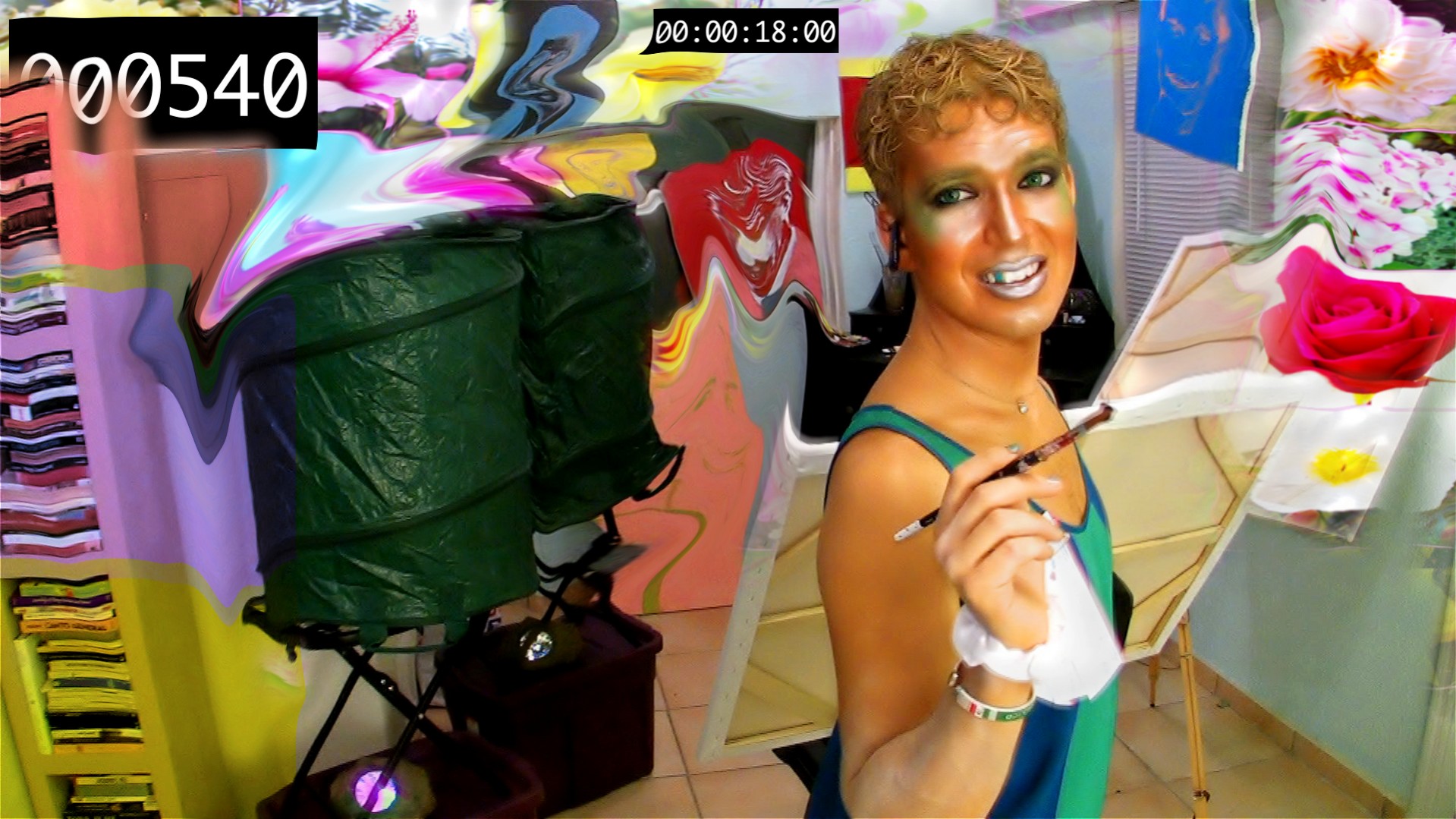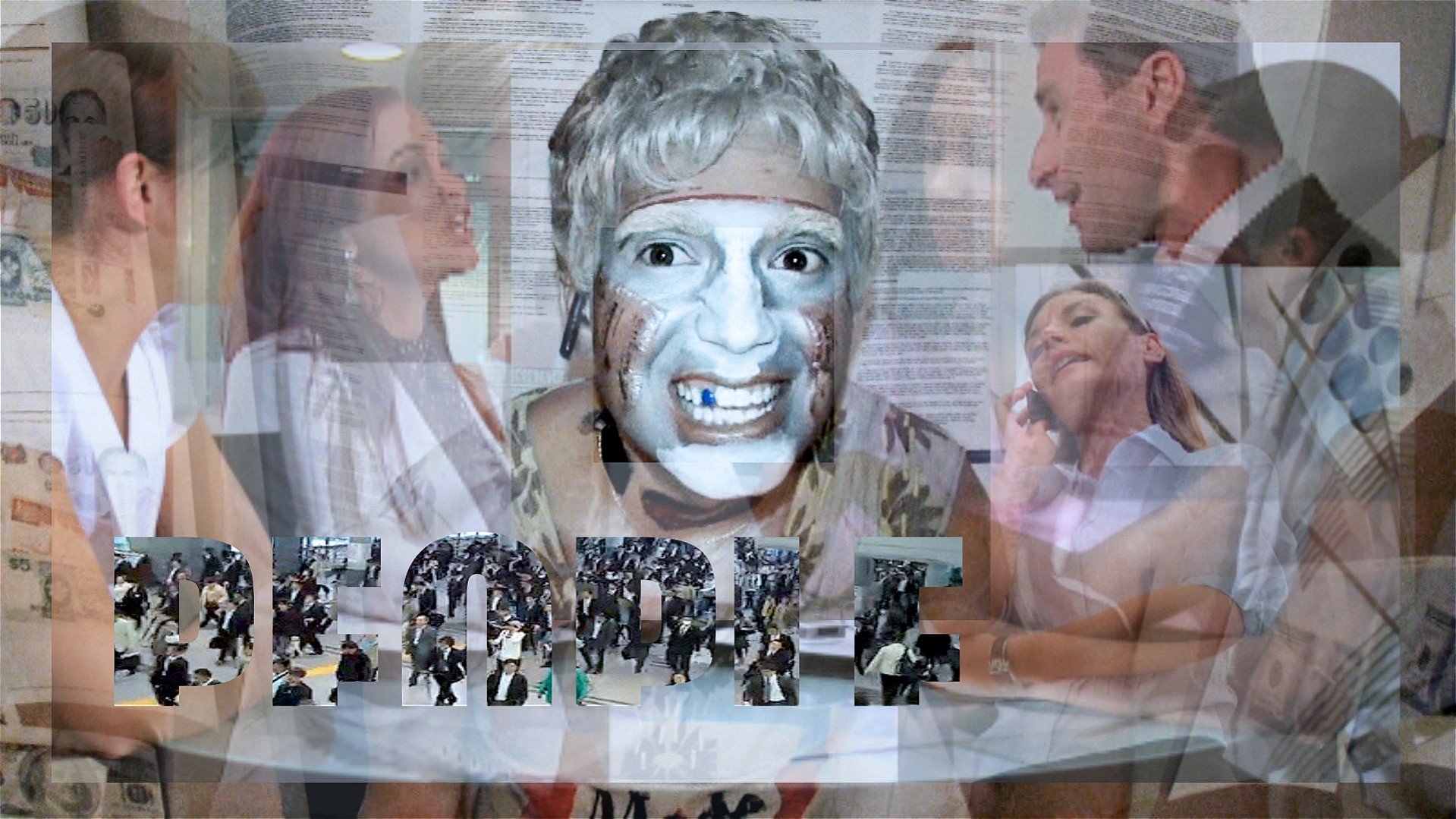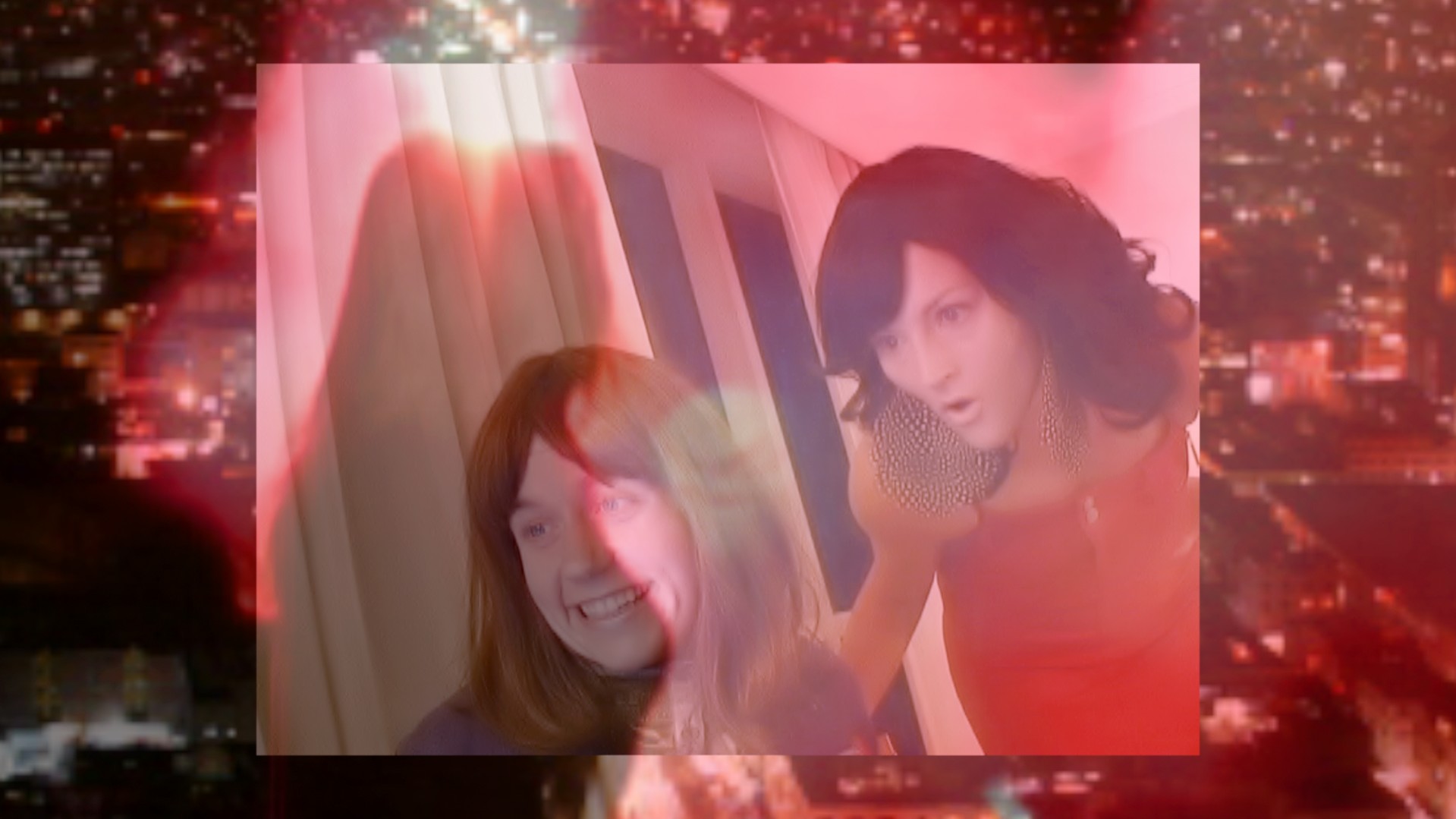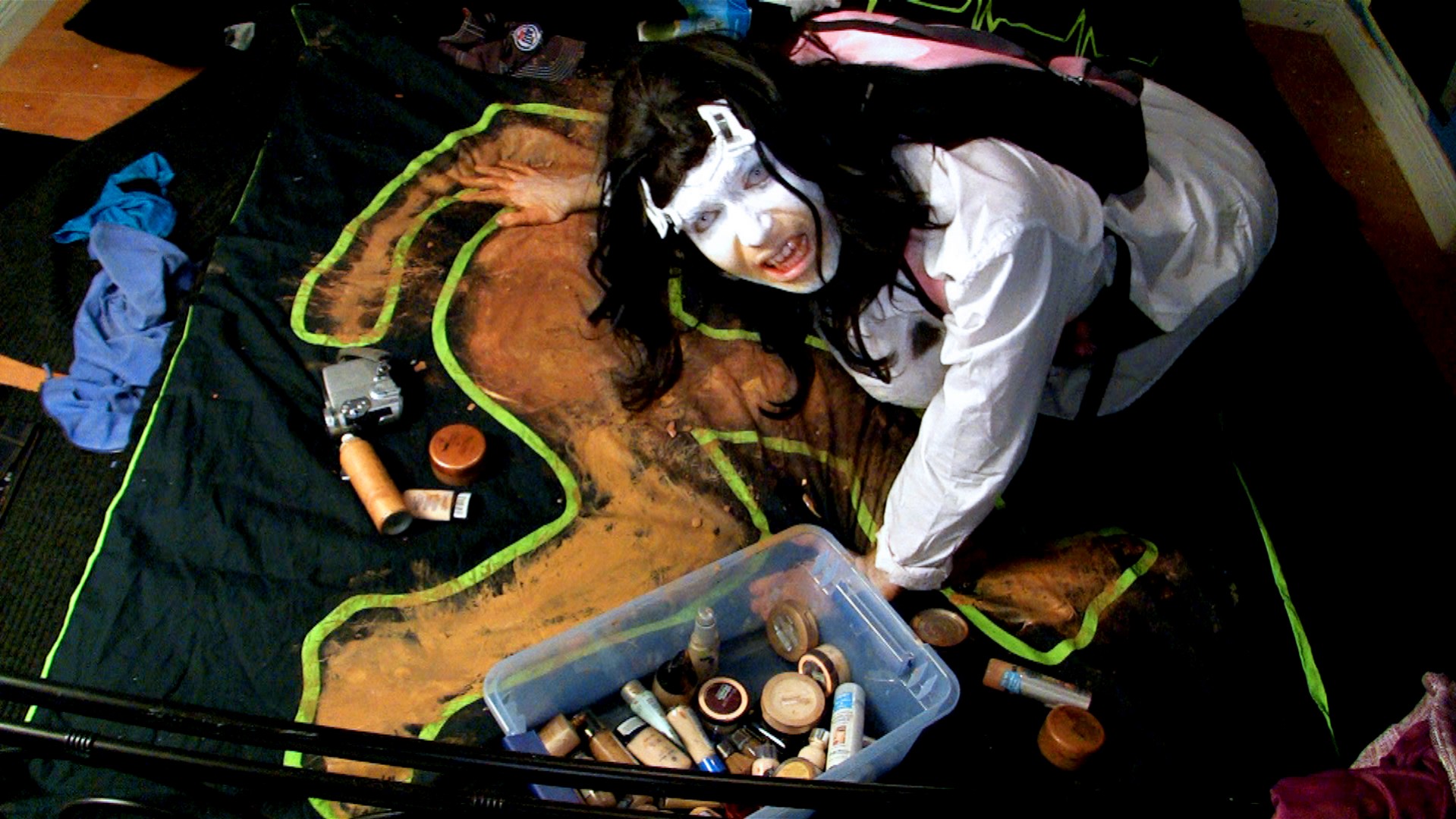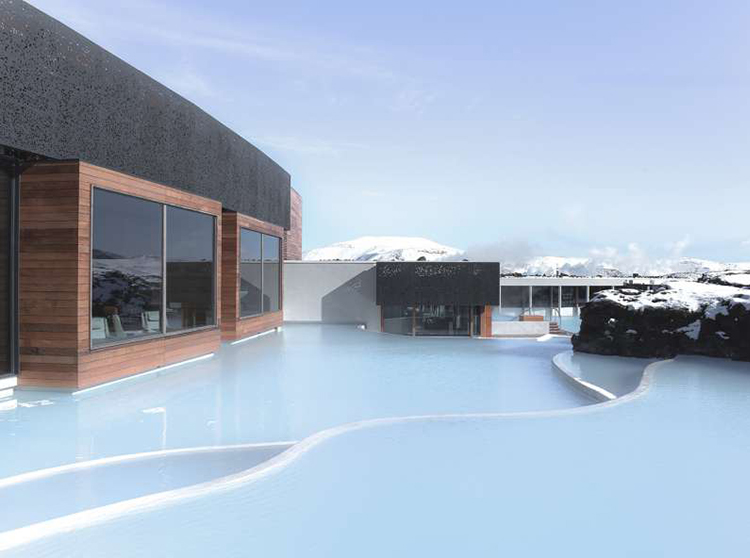Ryan Trecartin and Lizzie Fitch at the Musée d'Art Moderne
ANYthing goes and whatEVER is possible in this fast-paced 21st century, high-pitched, super-energised, electrifying series of video installations that is ANY-EVER, the latest show by Ryan Trecartin in collaboration with Lizzie Fitch, at the Musée d’Art Moderne de la Ville de Paris.
The movies are screened in consecutive rooms, which themselves are the installations. A soft music plays overhead, and one has to sit down, wear the headphones available and watch. I would say ‘sit back and relax’, but that is virtually impossible when watching a Trecartin video. The instant you plug in you get sucked into a precipitated, super-fast video portrayal of our digital selves.
Could I tell you what the films are about? I could try…
The characters are not fully developed and rounded personae, but rather gross representations. Previously, Trecartin has introduced characters called Tommy Chat and Wendy M-PEGgy. Now, in Sibling Topics, Ceader, Bitt, Adobe and Deno are quadruplet sisters whose personal boundaries are indistinct and whose interactions are often corporate. Together with K.CorealINC.K, where the main characters are called Koreas and function as a self-perpetuating group, the theme of communities and their unrelenting persistence and survival is explored. The character JJ has a blue tooth (literally), and he is shown trying to come to terms with his past. Or, to be more precise, he hires Roamie Hood’s company to roam backwards through time to research an opportunity for an edit that could alter his future-present. Get it? In Re’Search, the character Wait is compiling market research for the character Ready. I will let you draw your own conclusions on that one. Not that this is something I understood from watching the films; this comes straight from the gallery guide’s blurbs. Apart from single phrases here and there, or sentences flashing on the screen, it is incredibly difficult to discern a plot, let alone follow it.
Lizzie Fitch, whose main contribution are the sculptures gracing the entrance area to the video installations, appears in almost all the videos, and she looks disturbingly like a Cindy Sherman photograph. The overall presentation of the characters in cheap wigs, mismatched clothes and garish make-up undermines the seeming perfection of pop culture and the media.
All the films have a destructive streak to them. Windows and furniture gets smashed, walls are hammered into and in many cases the sets fall apart. There is something deeply sad about the self-destructing tendencies of the characters. At times, sound bites emerge more clearly than others and the human condition raises its ugly head: ‘I just feel the need to redefine everything’…
Nevertheless, the whirlwind that is each movie creates a lasting impression. You walk out of each one feeling a particular uneasiness, as if you had just been walking around the great minds of our times: it is the Kardashians, American Idol and Jerry Springer all rolled into one. The scariest part is that although the films are disturbing and weird, they are oddly familiar.
I am still not sure whether it was done deliberately, but the installations (i.e. the actual set up of each room) become increasingly unfamiliar and surreal. In the first room, the audience is invited to sit on sofas, plug in and start on the video journey. The second room has a few park benches and fans (uncomfortable and rather cold). In the third room, the audience encounters garden furniture, but it feels like the scene of a long-abandoned Sunday barbecue. The fourth room is a bright white conference room, with a great big oval table and swivel chairs. Fairly normal, if you ignore the cages mounted on the walls. Following that, you walk into a space of yacht decks and ladders, where you are invited to climb up and relax. Airplane seats and gym equipment also feature as one of the viewing room installations, as do bedroom furniture.
Since consumer culture has taught us that everything is disposable/replaceable, and therefore nothing should be taken too seriously, one cannot help but laugh at the flippant and seemingly random comments uttered by Trecartin’s characters:
Teen girls are constantly going ‘Whatever’ or ‘I freakin’ hate you!’
‘Go create your own fucking market!’ exclaims an angry gallerist, while his assistant ponders…: ‘I really could use another lunch break…’
Almost every other sentence is ‘I’m just saying’, and sentences such as ‘If u fuck up I will drop u ina Fuck in public space…’(sic) or ‘I want to go from Mexico City to Chicago in 10 minutes flat!’ appear with dizzying frequency! But mostly, they are compressed pearls of modern wisdom: ‘Being post-family and pre-hotel ends today for me.’
Already, dialogue from Trecartin’s films is quoted in the same way as a Friends joke or a line from Fraser.
Within their social commentary and critique of consumer culture Trecartin and Fitch manage to slip in art references and self-reflection. Roamie View opens with JJ giving us a tour of his newly acquired art collection. In another video, while holding up a urinal in a very Duchamp-esque manner, the heavily made-up Trecartin exclaims ‘Everyone has an agenda’.
In the words of Pasta: ‘This is the real-life mixed media! We are the edit and we show you your life only better!’
RYAN TRECARTIN/LIZZIE FITCH
Any Ever
Until 8 January 2012
Musée d’Art Moderne de la Ville de Paris
11 Avenue du Président Wilson
Paris 75116
